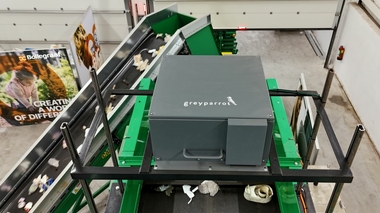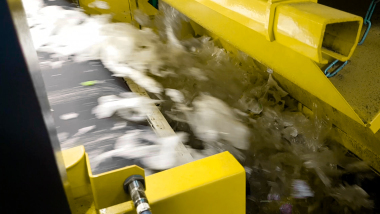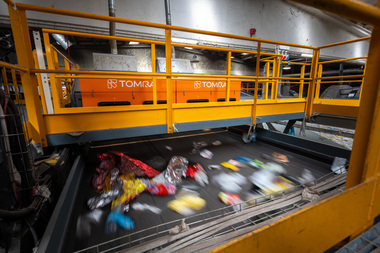Greyparrot
Greyparrot, one of the global leaders in AI waste analytics, today proudly announces the launch of its industry-first Facility Dashboard at IFAT 2024. The Facility Dashboard offers a ground-breaking central view of sorting performance for materials recovery facilities (MRFs) and plastics recovery facilities (PRFs). By unifying data from key conveyor belts, the new dashboard unleashes the power of lean facility management.
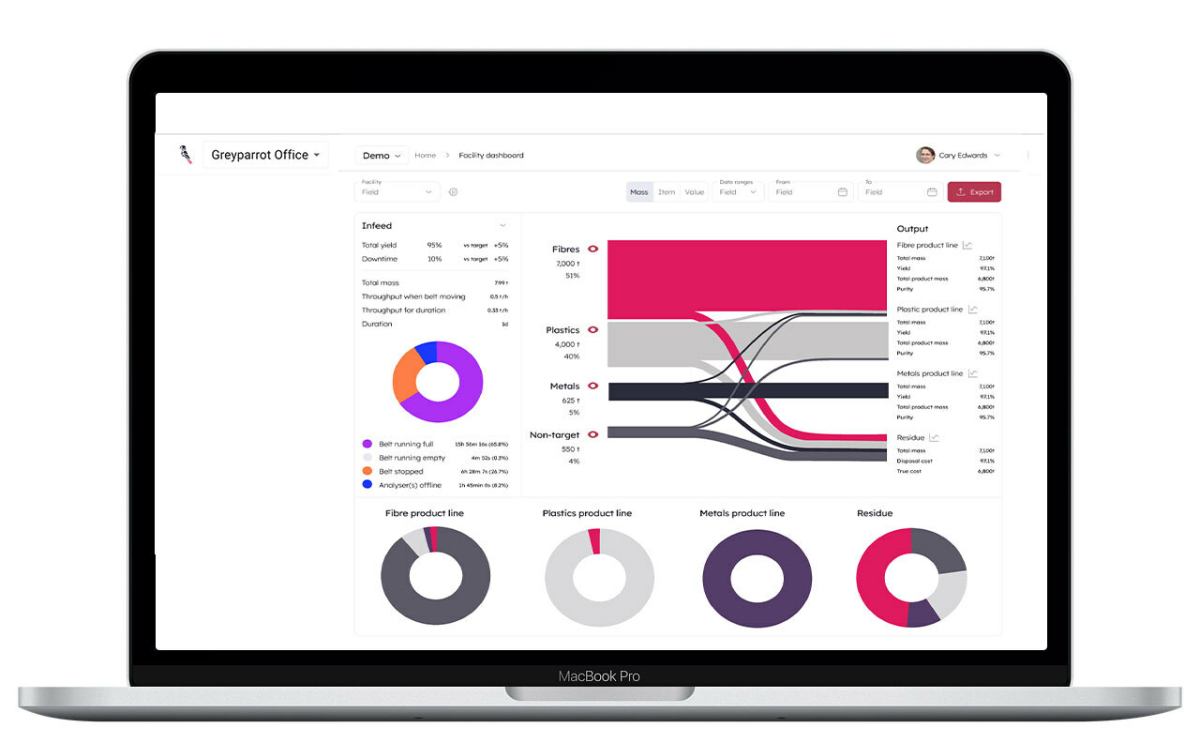 Greyparrot Facility Dashboard
Greyparrot Facility Dashboard
© Greyparrot
In response to industry demand, Greyparrot's Facility Dashboard addresses constant changes that present a challenge for sorting facilities – from fluctuating material supply to shifting market conditions. MRF profitability relies on operators delicately balancing throughput rates, product purity, and the loss of valuable material to residue. Achieving this balance is challenging without access to real-time data insights to guide decision-making.
Greyparrot’s Facility Dashboard marks a significant leap forward in the evolution of lean MRFs and PRFs. It offers a unified view of all plant performance at-a-glance, distilling an entire sorting facility’s operations onto a single live screen. By transforming raw data into actionable insights, it enables operators to adapt faster, reaching new levels of efficiency and profitability. This innovation heralds a future where waste management evolves through the principles of lean management, optimising every stage of the recycling process.
“Traditionally, MRFs have relied on data collected by manual sampling across key belts and product lines, resulting in a fragmented view of their operations,” said Mikela Druckman, CEO of Greyparrot. “The Greyparrot Facility Dashboard offers crucial visibility that has been missing until now. By centralising real-time data and AI analytics, we empower operators to make data-driven decisions to maximise profitability, and minimise valuable material from ending up in landfills.”
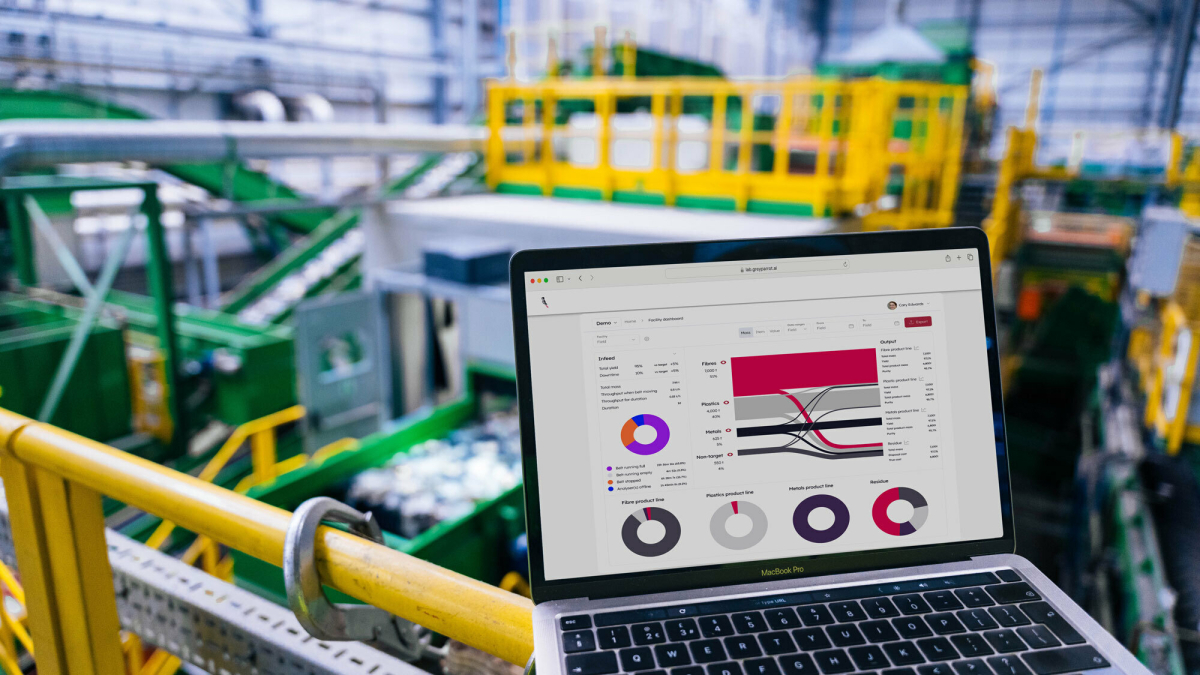 Greyparrot Facility Dashboard at a plastics recovery facility
Greyparrot Facility Dashboard at a plastics recovery facility
© Greyparrot
Empowering MRFs with unprecedented visibility and control into operations
Global waste flows are growing annually. By 2050, the world will generate 3.4 billion t of waste every year. Just 5500 facilities handle solid waste worldwide, adding pressure MRFs to process higher volumes of waste, faster.
This industry-first solution, developed alongside operators, gives a clear view of how to make existing equipment work harder and ensure efficient operation. Infeed blends and throughput rate are two vital variables that operators can adjust in response to shifting composition. With real-time data, operators can adjust these two variables while prioritising resources from personnel to equipment. Without live visibility at key points in the facility, optimising throughput rates and infeed blends (and measuring the impact) remains a challenge.
Benefits for MRFs
- Increases profitability by optimising throughput and reducing material loss
- Encourages greater operational agility to adapt to changing market conditions
- Help operators reduce the cost of manual waste sampling and the cost of disposal
The Greyparrot Facility Dashboard helps waste managers get the most out of every tonne they process and meet the specified bale quality set by processors and recyclers.
Key features of Greyparrot’s Facility Dashboard
- Real-time production overview: Monitor live yield and throughput rates, and track overall plant performance.
- Flow analysis graph: Track the movement of specific materials from infeed to outfeed, identifying bottlenecks and inefficiencies.
- Quality control at a glance: Maintain consistent material purity across product lines to meet market requirements.
- Loss visualisation: Pinpoint recoverable materials being lost to residue, making targeted improvements.
“Greyparrot's Facility Dashboard will help us unlock insights that sharpen our operations, making us more efficient. Our team is at the core of our mission. We prioritise a people-first approach, utilising technology to enhance their efforts instead of simply adding more equipment. This smart solution helps us maximise the potential of our existing resources and work smarter. Our ultimate goal is to sort plastics in a way that it can be recycled again and again; circularity is the end game! To reach that goal we need to have predictive operations within the variables of waste sorting, with real-time actionable insights, we will achieve that goal optimally," says Foppe-Jan de Meer, Plant Manager Separation Facility, KSI, Netherlands.
Booth B4, 137

